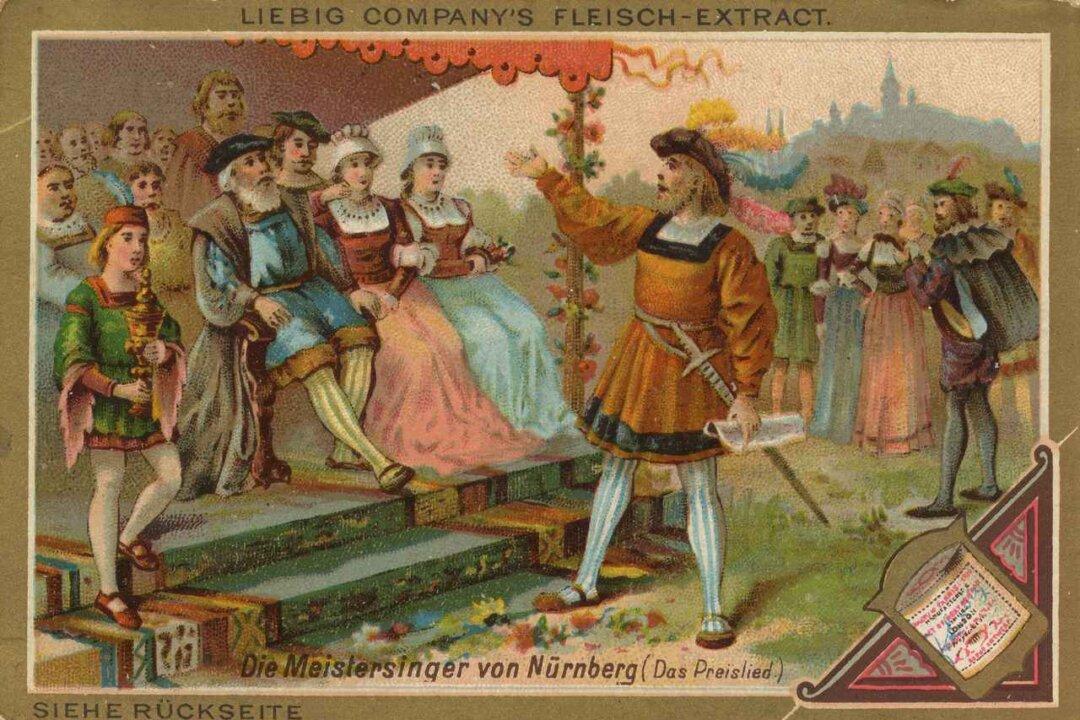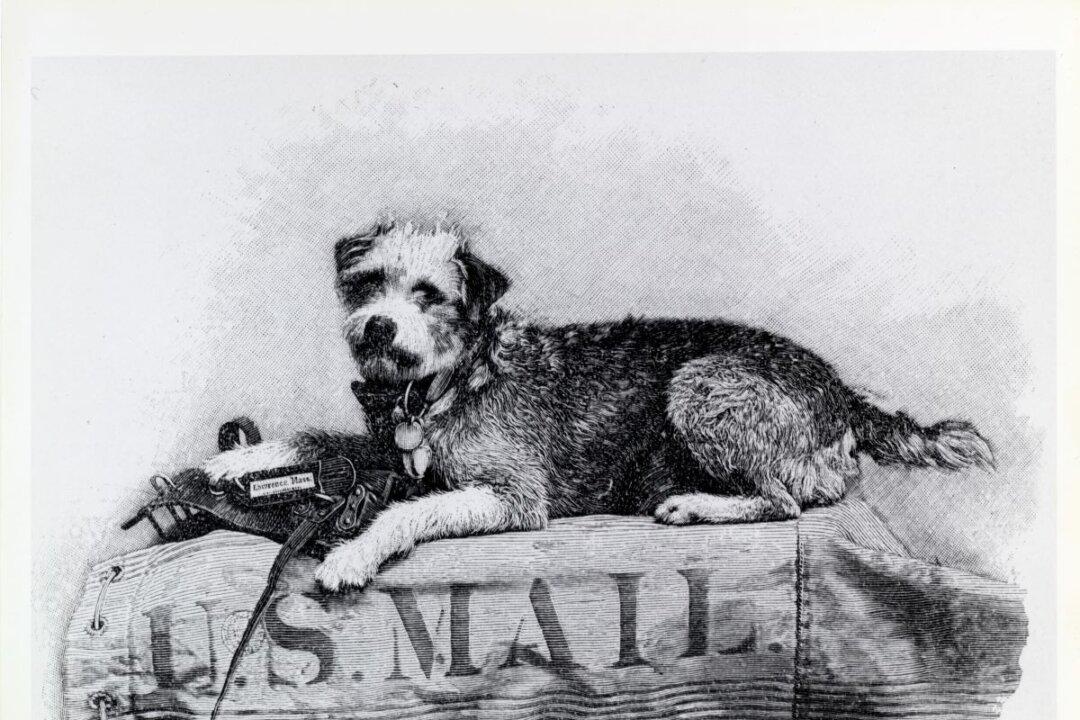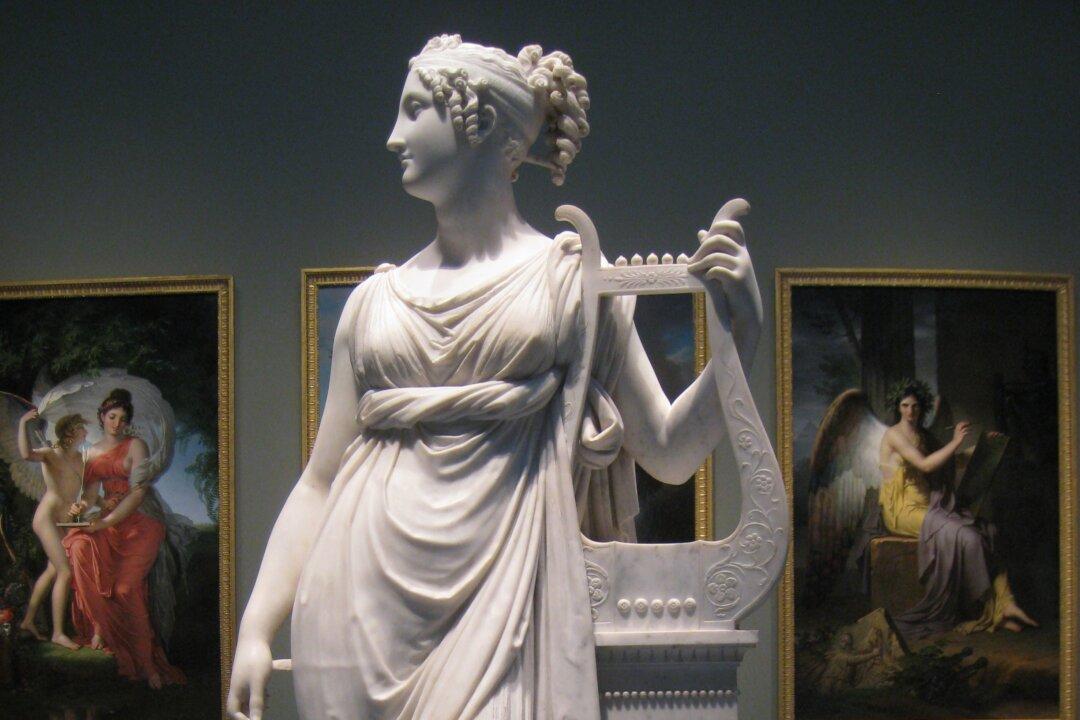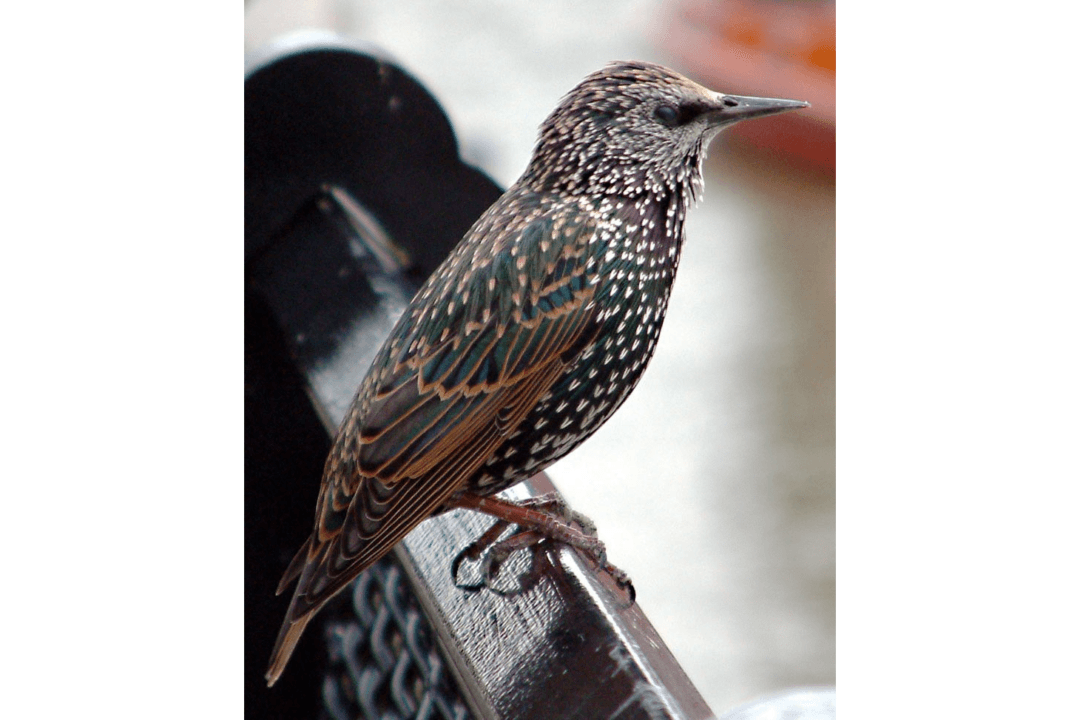In modern popular music, simplicity and vulgarity are often bosom chums. This pairing has more to do with unscrupulous marketing techniques than anything else. On the opposite end, highbrow music has a reputation for being hard to understand. But while it’s often complex, it doesn’t have to be.
The German songwriter Hans Sachs is an example of simple yet elegant music. A cobbler by trade, he is the greatest representative of the “Meistersinger” (master singer) tradition that was popular in Germany during the late medieval and early modern periods. Sachs combined elegance with simplicity in a way that few have rivaled.





